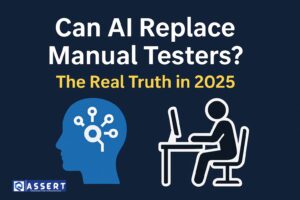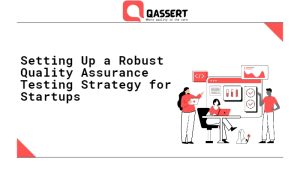Introduction: What is Predictive QA?
In today’s fast-paced software world, finding bugs early is more important than ever. That’s where Predictive QA comes in. It uses Artificial Intelligence (AI) and Machine Learning (ML) to forecast where bugs are likely to happen—even before testing begins.
This proactive approach helps QA teams fix problems earlier, save time, and build better software.
How Predictive QA Works
Predictive QA combines AI algorithms with historical test data, user behavior, and code changes to identify risk areas. Here’s how it works step by step:
- Collects data – like previous test cases, production bugs, and code commits.
- Analyzes patterns – using ML models to find where bugs usually happen.
- Predicts failures – by ranking which areas of your app are most likely to break.
- Suggests test focus – so testers know exactly where to concentrate.
Benefits of Predictive QA
- Find Bugs Early – AI spots risky areas before you test manually.
- Save Time & Cost – Less time spent testing everything, more focus on problem spots.
- Smarter Testing – Improve test coverage where it matters most.
- Improved Quality – Fewer bugs make it to production.
- Supports DevOps – Makes continuous delivery faster and safer.
Use Cases in Real Projects
- Regression Testing: Focus only on areas affected by recent code changes.
- Mobile Testing: Predict which device/OS combinations are most likely to fail.
- API Testing: Flag endpoints with frequent past issues.
How to Start Using Predictive QA
-
Collect and clean test data from past sprints or releases.
-
Use AI-powered QA tools like:
-
Train your models to learn patterns.
-
Integrate predictions into your CI/CD pipelines.
Challenges to Consider
- Data Quality: AI needs good data to make accurate predictions.
- Model Training: Requires time and some ML knowledge.
- Tool Integration: Not all AI tools work well with every tech stack.
But with the right setup, the benefits outweigh the effort.
Conclusion: The Future of QA is Predictive
Predictive QA is changing how we test software. By forecasting bugs before they appear, teams can prevent defects, release faster, and boost customer satisfaction. It’s a smart move for any QA team looking to improve quality with the help of AI.




